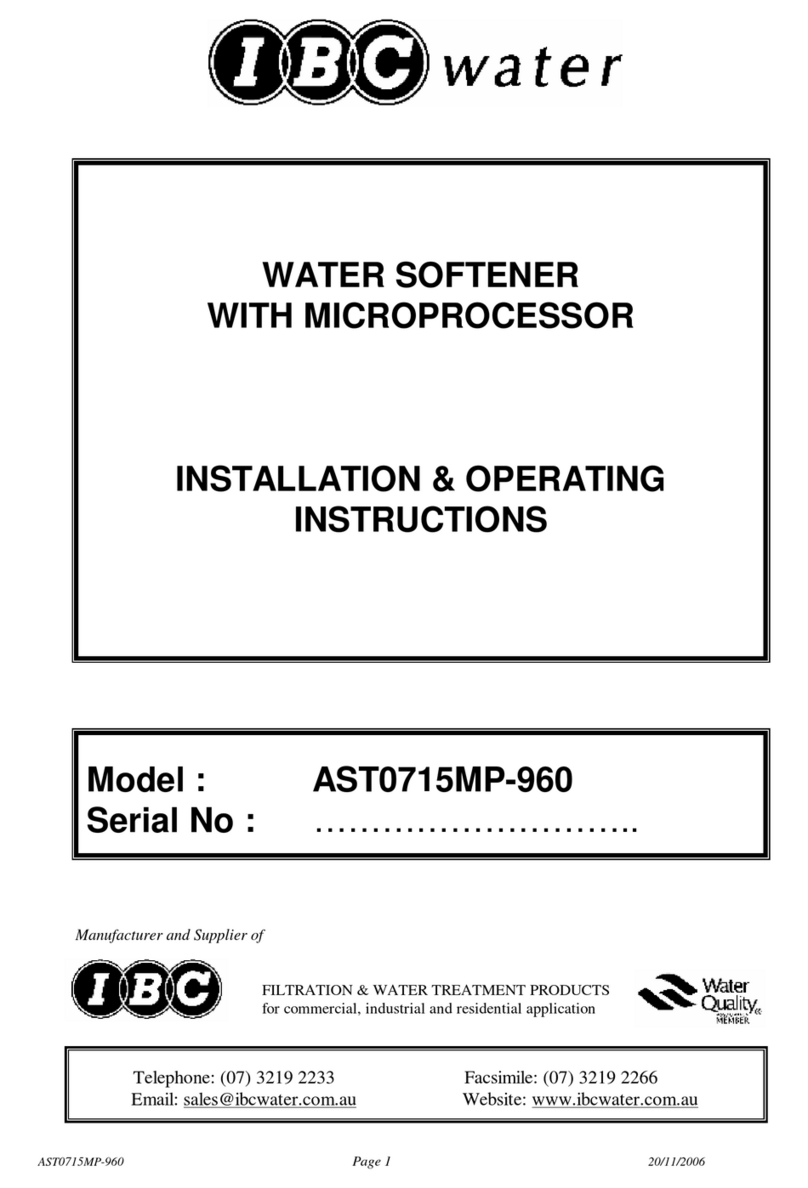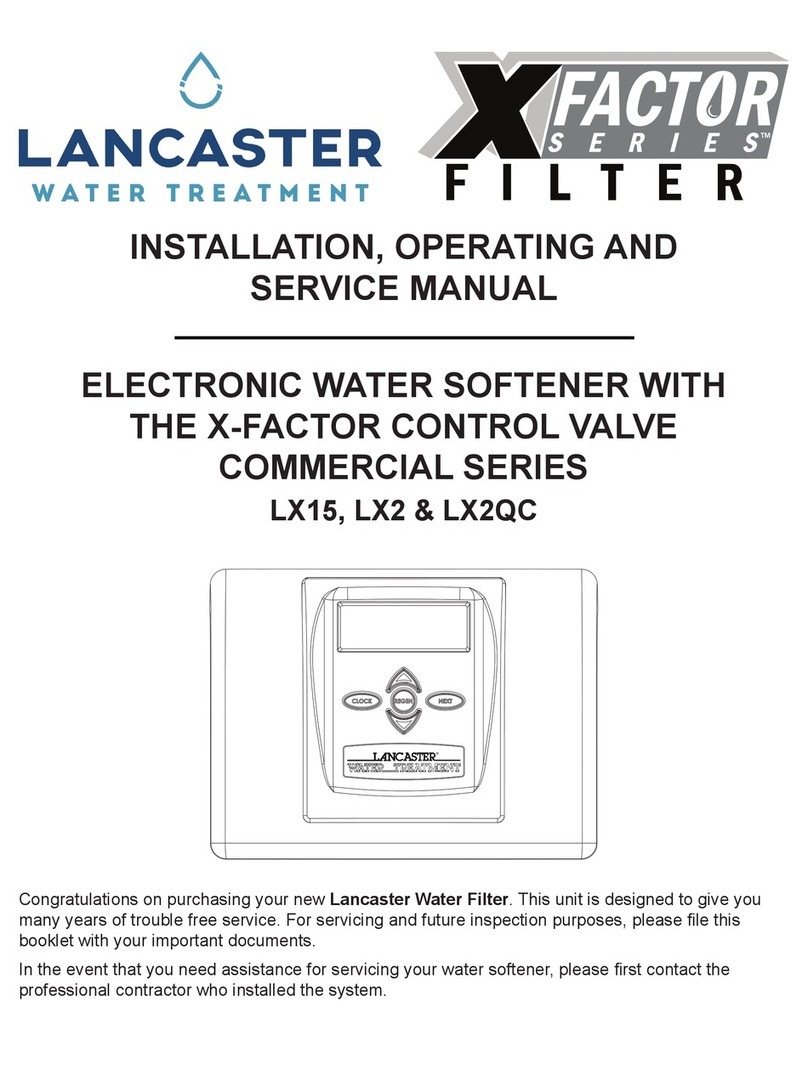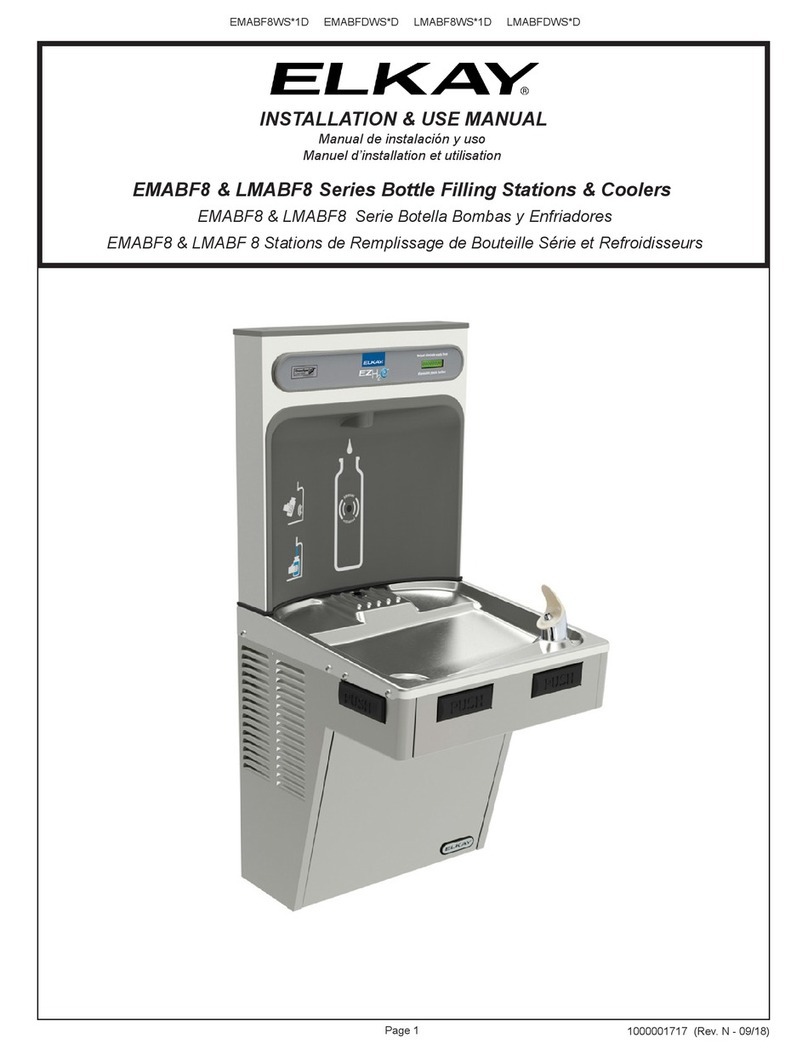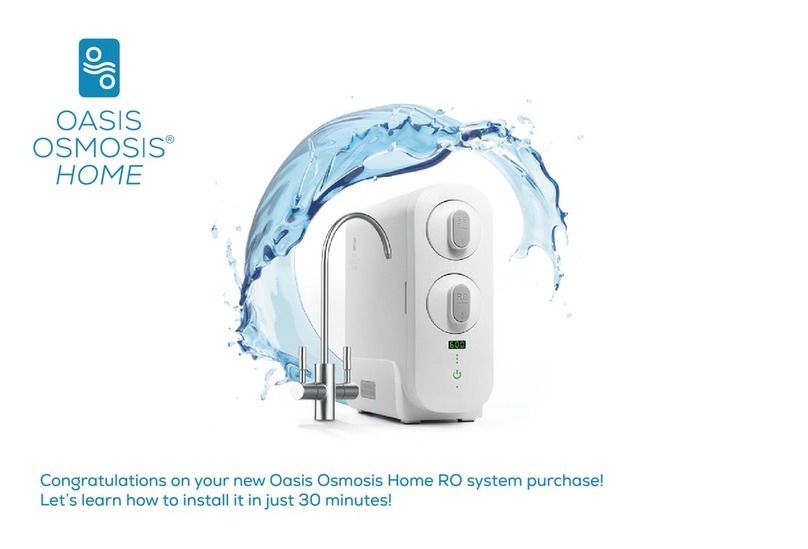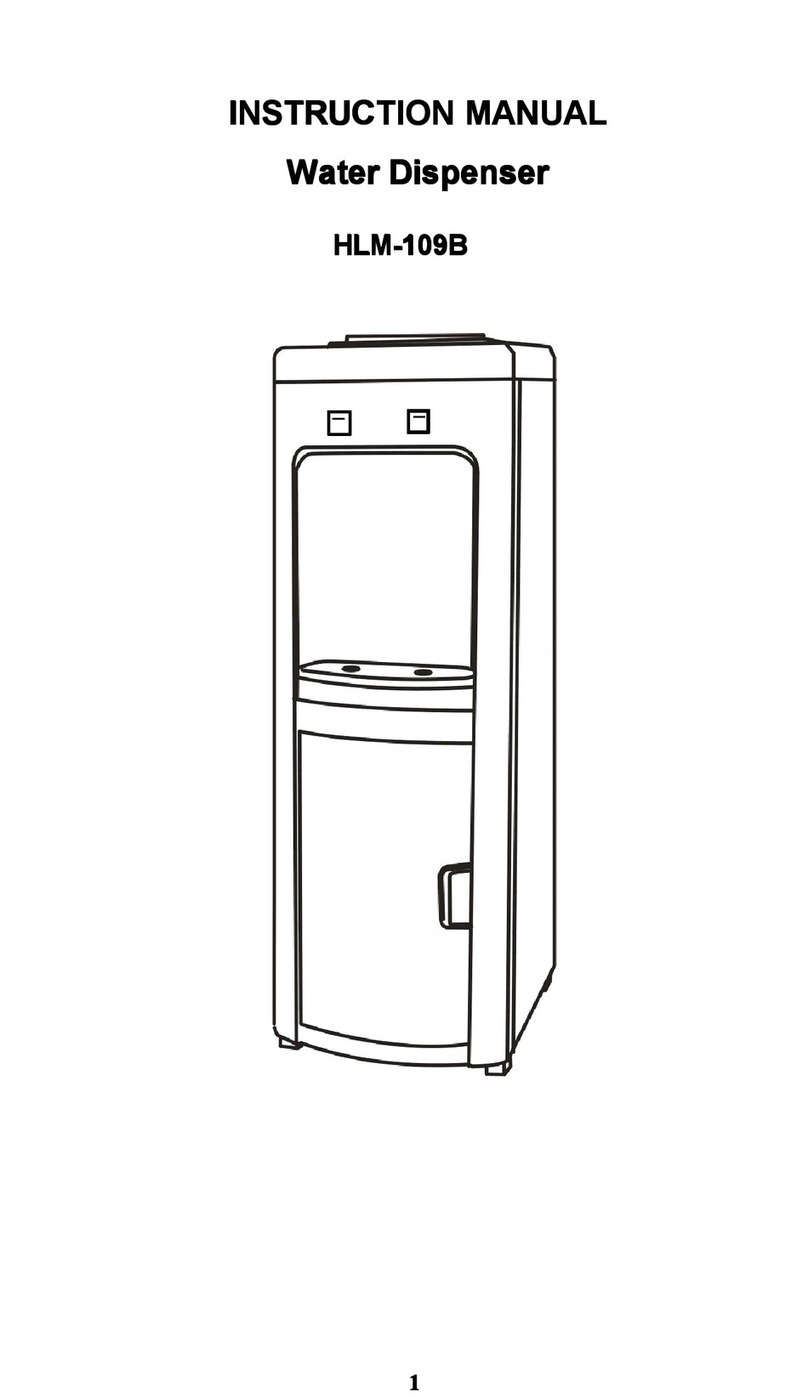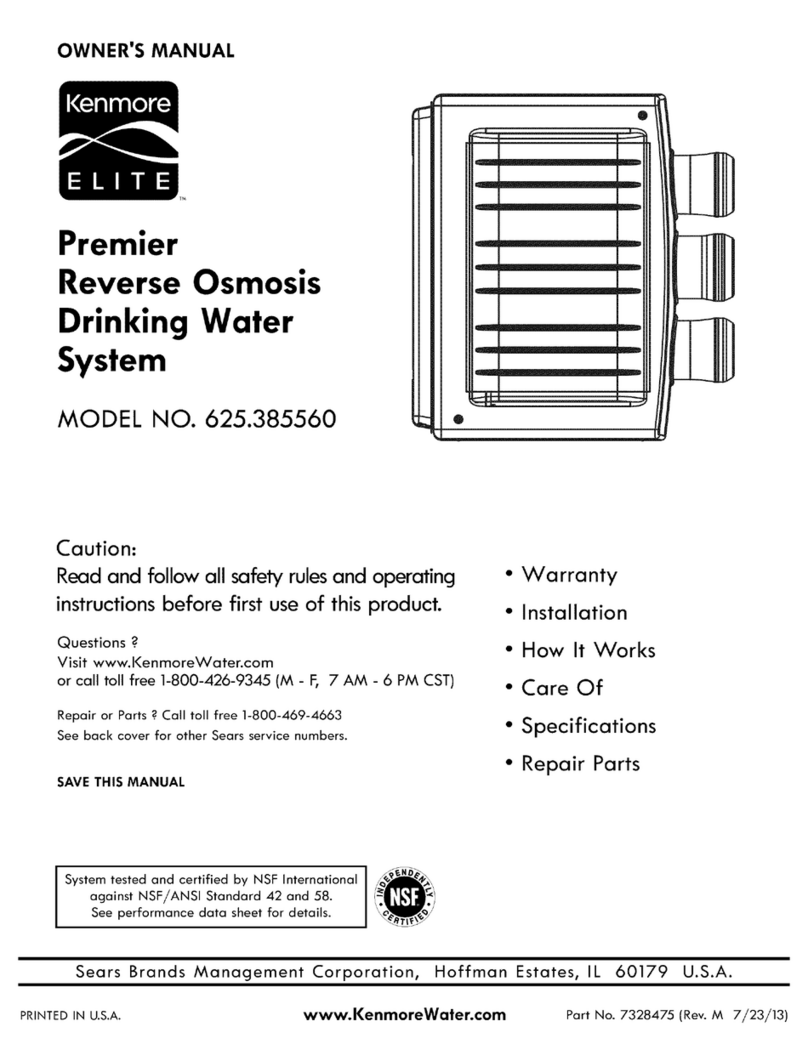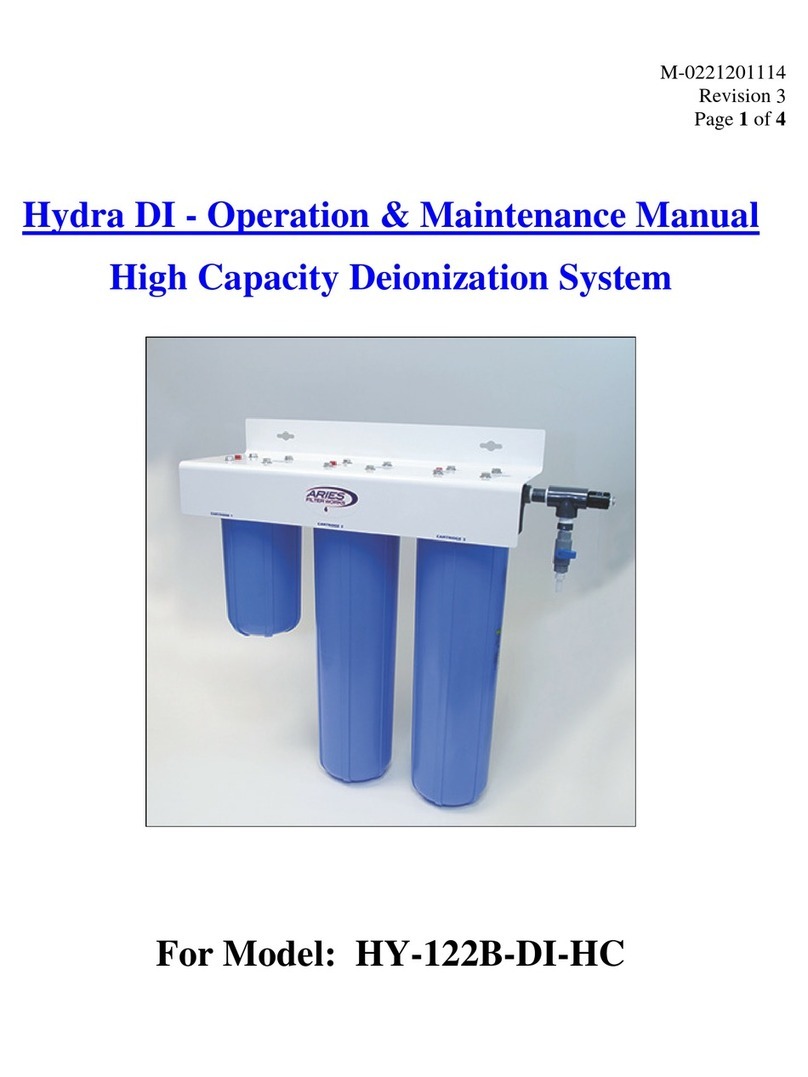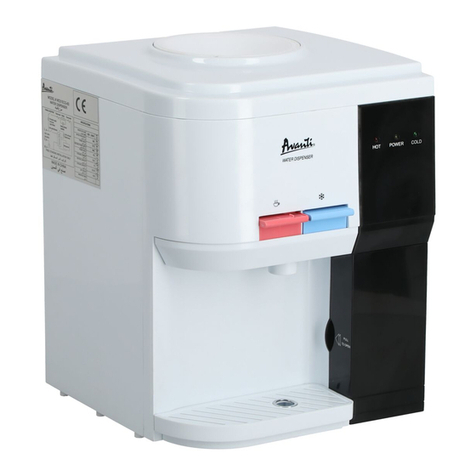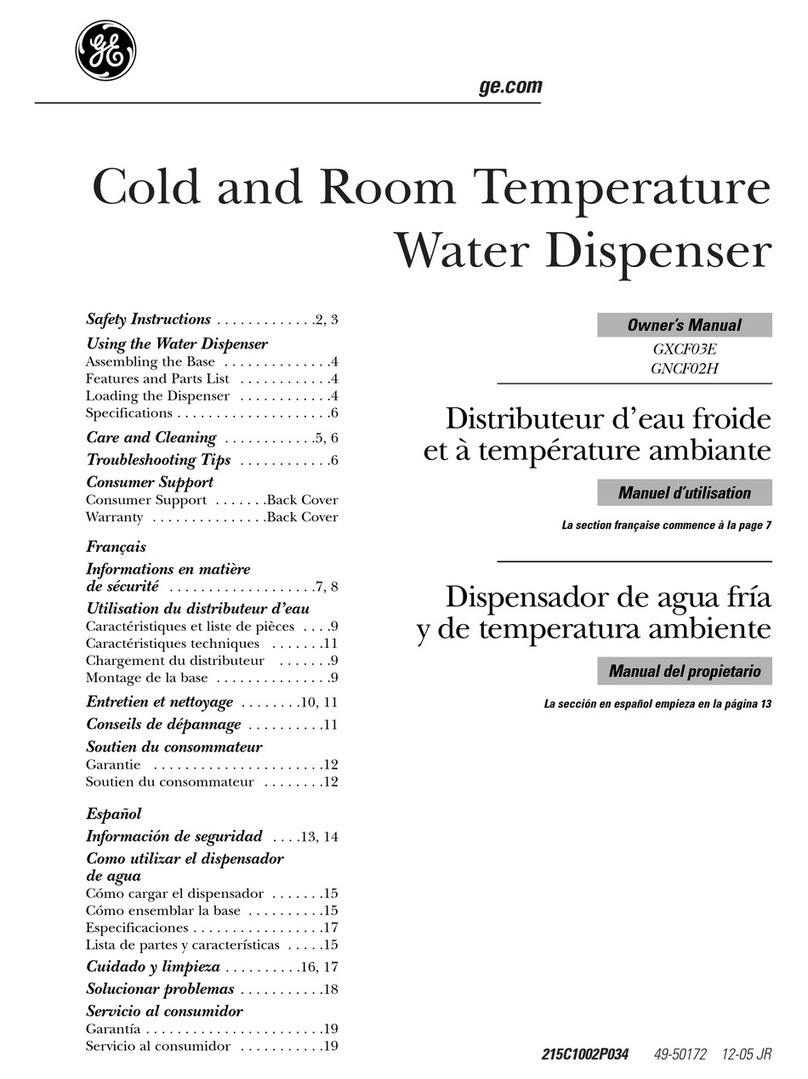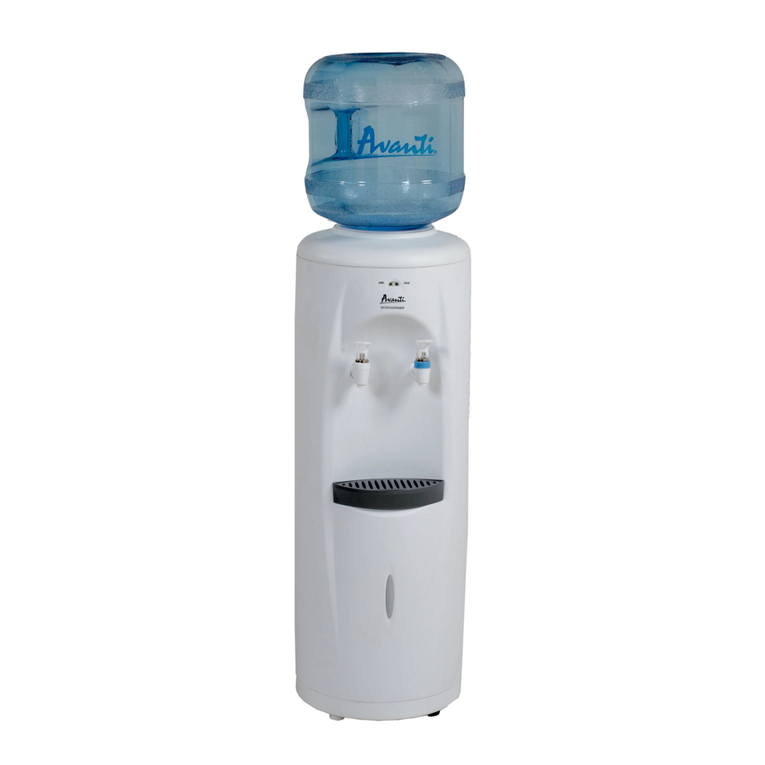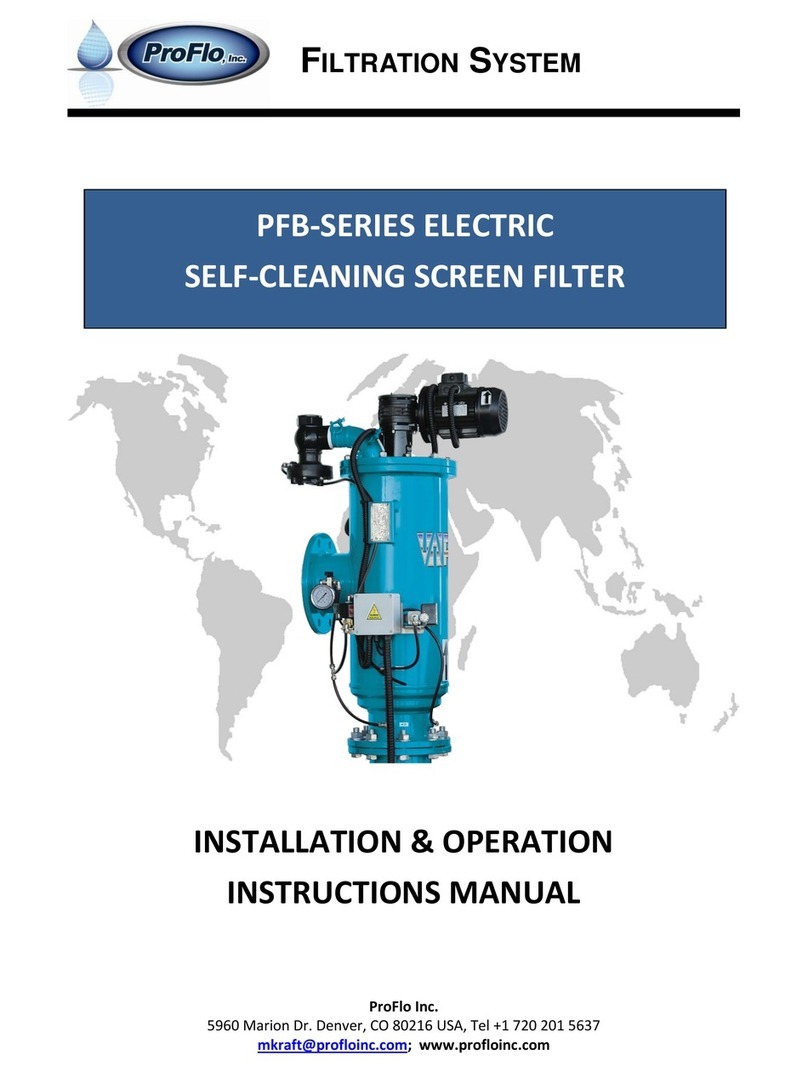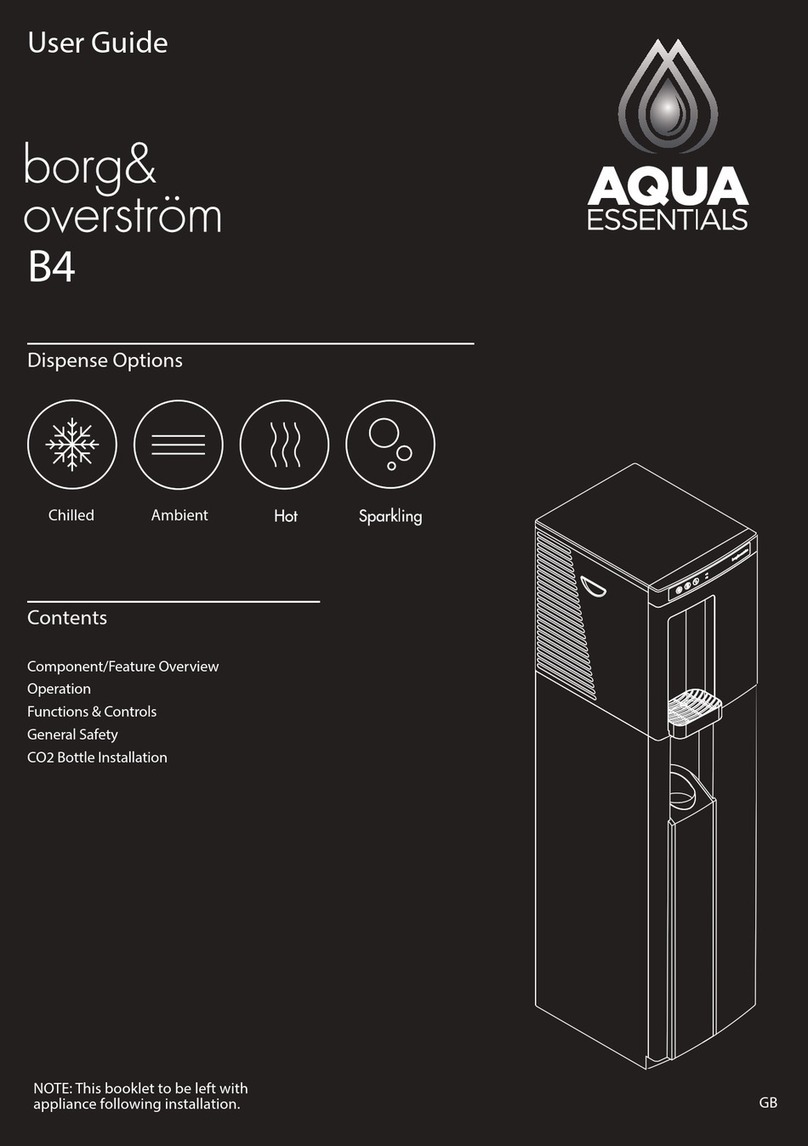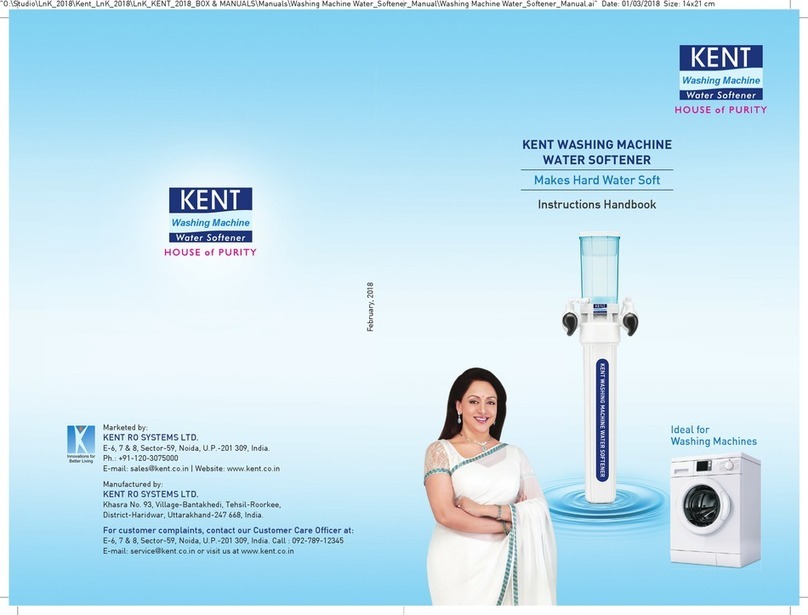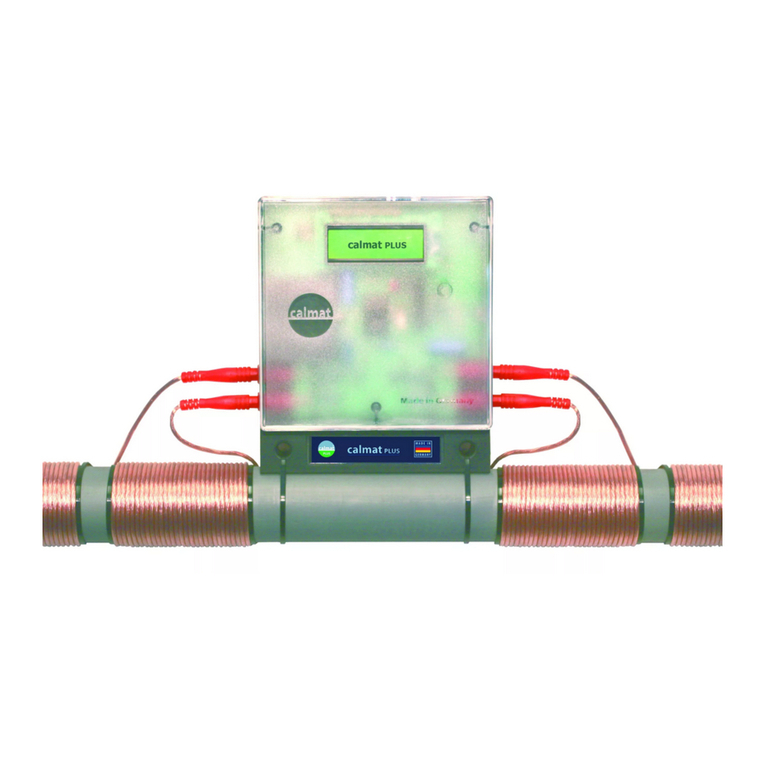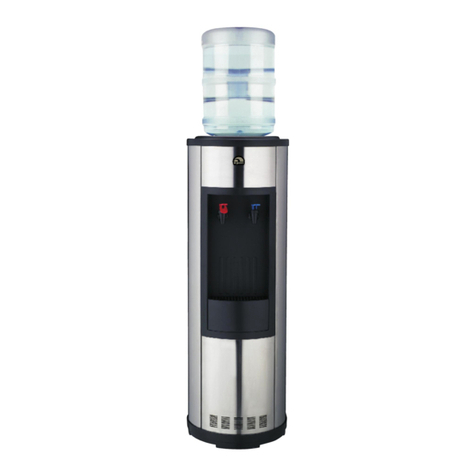
Intended Use Operating instructions
10 Operation ................................................................................... 50
10.1 Control elements on the control cabinet................................................ 50
10.2 Control elements on the PLC ................................................................. 51
10.3 Switching on the system ......................................................................... 52
10.4 Switching off the system......................................................................... 54
10.5 Decommissioning during prolonged periods of non-use (downtime > 3
days) ........................................................................................................ 55
10.6 Cleaning process .................................................................................... 56
10.7 Automatic descaling cycle ...................................................................... 57
10.8 Manual descaling cycle........................................................................... 58
10.9 Acknowledging fault messages .............................................................. 58
10.10 Viewing messages on the PLC................................................................ 59
11 Maintenance .............................................................................. 60
11.1 Maintenance schedule ............................................................................ 60
11.2 Maintenance work................................................................................... 61
11.2.1 Preparatory steps................................................................................................ 61
11.2.2 Refilling operating fluids..................................................................................... 62
11.2.3 Replacing the reactor.......................................................................................... 63
11.2.4 Cleaning the Salisol level sensor ....................................................................... 64
12 Troubleshooting ........................................................................ 65
13 Spare parts list .......................................................................... 69
13.1 Hycleen Des 30........................................................................................ 69
13.2 Accessories required .............................................................................. 73
13.3 Operating fluids....................................................................................... 77
14 Removal..................................................................................... 78
15 Disposal ..................................................................................... 79
16 Operating log (template) ........................................................... 80
17 Maintenance log (template)....................................................... 81
18 EC declaration of incorporation for partly completed machinery
82
